Genomic Sequencing of Cannabis: Mapping the Plant’s DNA Code
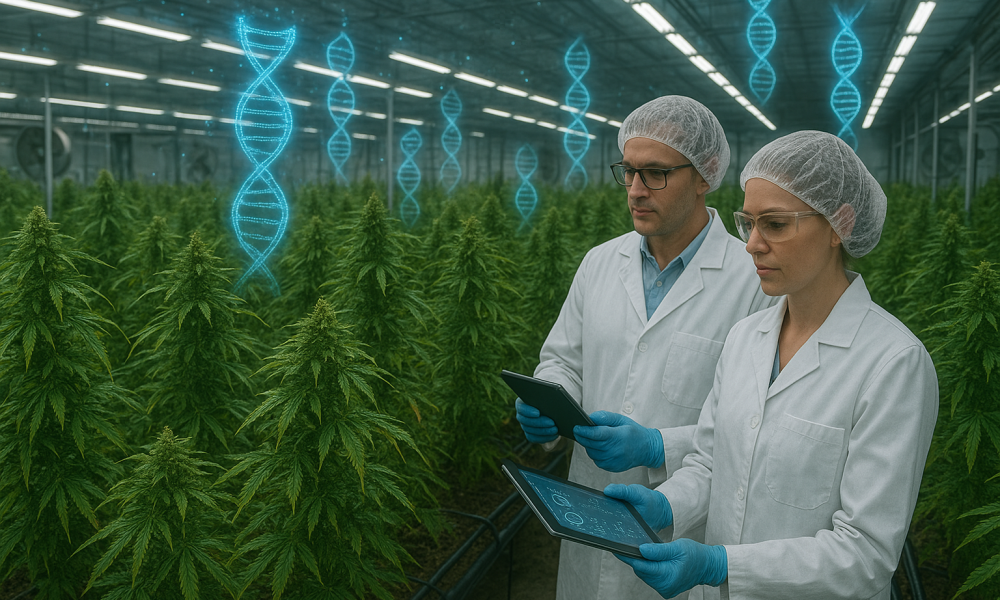
Cannabis is more than a plant—it’s a biological marvel whose secrets are written in its DNA. Every trait, from aroma to potency to growth pattern, is encoded in its genome. Thanks to genomic sequencing, scientists and breeders can now decode this blueprint, unlocking the plant’s hidden potential. Whether you’re a grower, breeder, or just a curious cannabis enthusiast, understanding how cannabis DNA works can give you insight into why certain strains behave the way they do and how the next generation of plants can be crafted with precision.
Let’s take a journey through the cannabis genome, exploring what scientists have discovered, how DNA guides breeding, and what the future holds for this fascinating plant.
Why Cannabis DNA Matters
Cannabis has intrigued humans for thousands of years, not just for its psychoactive effects or medicinal benefits, but for its phenotypic diversity—the observable traits like height, leaf shape, aroma, and cannabinoid content. Each of these traits is written in the plant’s DNA, which acts like a biological instruction manual.
Phenotype refers to the observable characteristics of a plant that result from the interaction of its genes with the environment. This means that even two plants of the same strain may look and smell different if their DNA or growing conditions differ slightly.
Understanding cannabis DNA is crucial because it allows breeders to predict traits before a plant grows, ensuring more consistent results in potency, yield, and flavor. For growers, this insight translates into better cultivation planning and reduced risk of unexpected outcomes. It also allows the preservation of rare or landrace strains—traditional varieties that have adapted to specific regions over centuries.
Have you ever wondered why two plants from the same seed batch can smell entirely different? The answer lies in subtle genetic variations—mutations, duplications, and gene expression differences that sequencing can reveal. By mapping these genetic variations, breeders can start creating plants with targeted characteristics, turning guesswork into a science.
Practical Tip:
Cultivators can now select seeds or clones based on verified genetic markers for specific traits like high CBD, vibrant terpene profiles, or disease resistance.
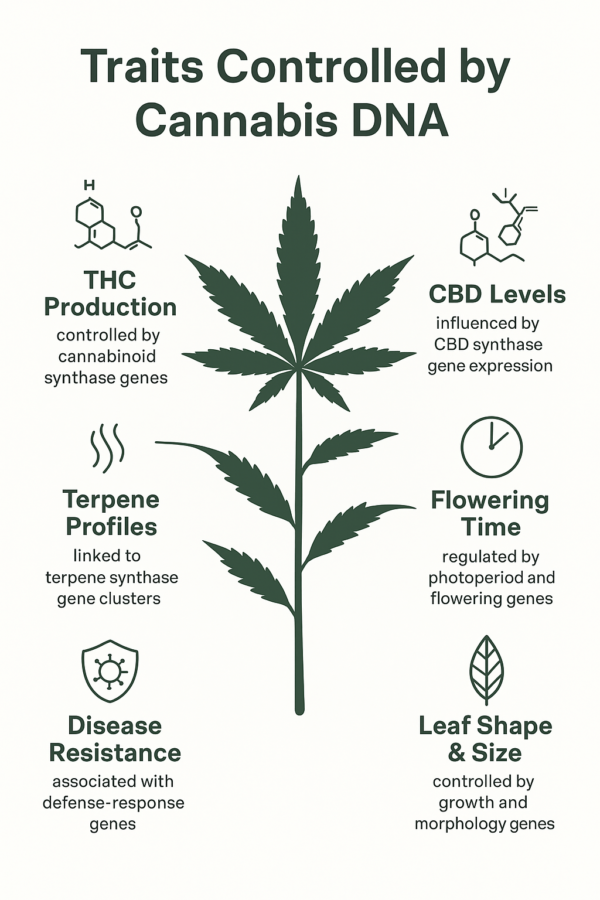
So, How Do You Actually Read a Plant’s DNA?
Reading cannabis DNA may sound intimidating, but it’s actually a logical, step-by-step process. Scientists start by extracting DNA, often from a leaf or small tissue sample. This DNA is composed of nucleotides—adenine (A), thymine (T), cytosine (C), and guanine (G)—which form the letters of the genetic code. Sequencing is the process of determining the order of these nucleotides, essentially reading the plant’s “barcode.”
There are multiple sequencing technologies. Next-generation sequencing (NGS) and whole-genome sequencing (WGS) are the most common for cannabis. NGS allows rapid reading of millions of DNA fragments simultaneously, while WGS provides a complete overview of the entire genome. The data produced is analyzed by bioinformaticians, who identify gene clusters responsible for traits like cannabinoids, terpenes, growth patterns, and stress responses.
Gene clusters are groups of genes that work together to control a specific function. For example, the THCAS gene cluster controls THC synthesis, while other clusters influence CBD or minor cannabinoids. By understanding these clusters, breeders can predict the chemical profile of a strain even before it flowers.
For beginners, imagine it like scanning a product barcode: the sequence reveals everything inside. The difference is that, instead of a price, you get insights into potency, flavor, and growth potential.
Real-World Example:
Sequencing Finola, a high-CBD cannabis strain, revealed specific CBD-producing gene clusters. Breeders used this data to produce reliably high-CBD varieties for medicinal use, reducing the trial-and-error process dramatically.
By the end of this section, you might be wondering how all these genes translate into the traits we see and smell. Let’s explore the hidden treasures inside cannabis genes next.

The Hidden Treasure Map Inside Cannabis Genes
Inside every cannabis genome lies a treasure map—thousands of genes that dictate everything from cannabinoid content to terpene aromas to resistance to pests and diseases. Some genes are especially important, like those controlling THC and CBD synthesis, terpene pathways, and flowering cycles.
Cannabinoids are chemical compounds unique to cannabis that interact with the human endocannabinoid system. THC (tetrahydrocannabinol) produces psychoactive effects, while CBD (cannabidiol) is non-psychoactive and may offer therapeutic benefits. Minor cannabinoids like CBG (cannabigerol) serve as precursors to THC and CBD, influencing the plant’s chemical balance.

Terpenes are aromatic compounds responsible for the plant’s smell—think piney pinene or citrusy limonene. Genes that control terpene biosynthesis determine whether a strain smells fruity, earthy, or spicy. Variations in these genes explain why strains with similar cannabinoid levels can still smell or taste completely different.
By studying these genetic maps, breeders can predict the phenotype of a plant, allowing them to create hybrids with desired traits faster and more reliably. For example, a breeder can select parent plants with high limonene and moderate THC to produce a citrusy, uplifting hybrid.
Practical Tip:
When selecting seeds, look for genetically verified strains that include information on cannabinoid and terpene gene clusters. This ensures predictable effects and aroma, minimizing surprises during cultivation.
Now that we know which genes influence aroma and potency, let’s look specifically at the cannabinoid clusters—where THC, CBD, and their minor cousins are actually produced.
Cannabinoid Clusters: Where THC, CBD, and Friends Are Born
Cannabinoids are produced via specialized biosynthetic pathways in the plant. Each pathway is controlled by a set of genes grouped into cannabinoid clusters. These clusters determine the levels of THC, CBD, CBG, THCV, and other minor cannabinoids.
The THC cluster includes genes responsible for producing tetrahydrocannabinol, the compound responsible for psychoactive effects. Similarly, the CBD cluster controls cannabidiol production, which interacts with THC to modulate its effects and may offer therapeutic properties.
Minor cannabinoids are also genetically determined. For instance, the CBG cluster serves as a precursor for THC and CBD, meaning its activity affects the balance of other cannabinoids. Understanding these clusters allows breeders to predict chemical profiles and design plants with targeted effects.
Have you ever wondered why two plants labeled the same strain can feel different when consumed? This variation is often explained by slight differences in cannabinoid gene clusters, even within the same batch of seeds. Sequencing allows breeders to identify these differences and select for consistency.
Real-World Example:
Sequencing of Charlotte’s Web revealed its high-CBD, low-THC profile, explaining its consistent non-psychoactive effects. This allowed medicinal growers to produce standardized batches for patients.
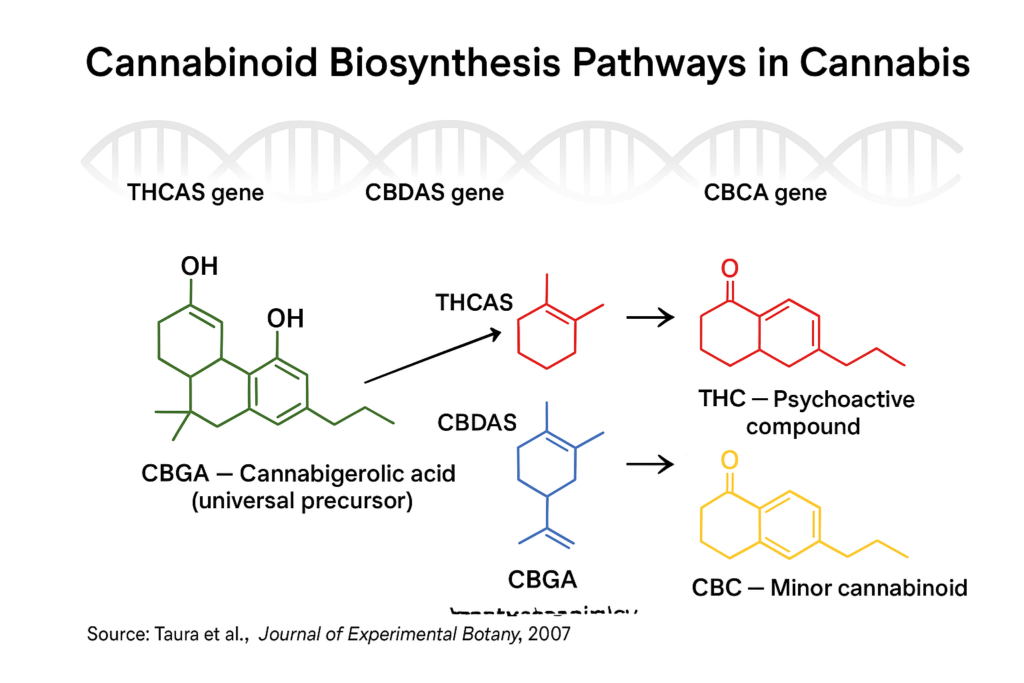
Practical Tip:
Growers can use DNA insights to optimize harvest times, predict cannabinoid ratios, and improve product consistency across cultivation cycles.
Sequencing these clusters didn’t just confirm what we expected—it also revealed surprising discoveries in cannabis genetics that we couldn’t have imagined.
Surprise Findings from the First Cannabis Genome
The first full cannabis genome sequencing unveiled several unexpected insights. Scientists discovered gene duplications and variations that might explain why the same strain can behave differently under different conditions.
The genome is highly dynamic, meaning certain genes can amplify, mutate, or switch on/off depending on environmental stresses. This plasticity is a double-edged sword: it allows adaptability but can also cause variability in potency, flavor, or yield.
For beginners:
even if two plants look identical, slight differences in DNA can produce noticeable effects. This explains why some growers see variation between supposedly identical plants.
Another surprise was the identification of new minor cannabinoid genes and novel terpene pathways previously unknown. These discoveries open doors for creating entirely new strains with tailored effects.
Practical Tip:
Always source seeds or clones from genetically verified suppliers to reduce variability and ensure consistency in your grow.
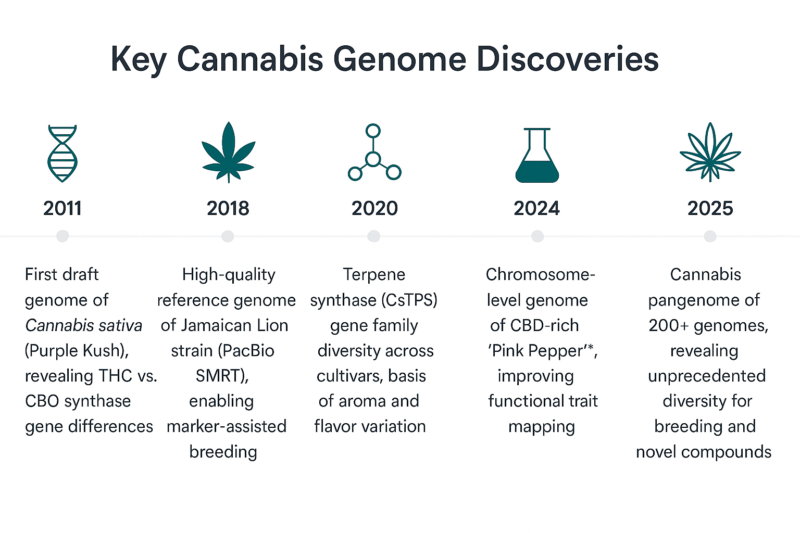
Now that we know the surprises hidden in cannabis DNA, let’s explore how breeders are using this knowledge to create better, more predictable strains.
How DNA Sequencing Helps Breeders Grow Better Strains
Modern breeders now use precision breeding, combining DNA knowledge with traditional crossbreeding. By selecting parent plants with specific genes for cannabinoids, terpenes, and growth traits, they can predict outcomes more accurately and reduce the number of generations required to stabilize a strain.
Precision breeding is the practice of using genetic information to guide plant selection instead of relying on trial-and-error. It allows breeders to create hybrids with consistent potency, aroma, yield, and flowering time.
For example, a breeder aiming for high-THC indica hybrids can screen plants for THCAS gene markers. Only those carrying the right genes are used as parents, saving time and resources while improving batch uniformity.
Real-World Example:
DNA-guided breeding has enabled consistent high-CBD strains for medical cannabis, ensuring patients receive predictable effects with every batch.
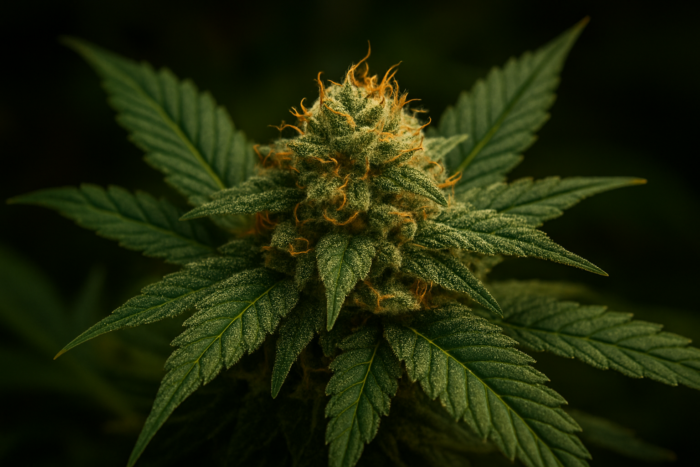
Practical Tip:
Even small-scale growers can benefit from selecting seeds with verified genetic markers. This reduces guesswork and ensures more reliable outcomes for cannabinoid and terpene profiles.
With DNA guiding breeding, the future of cannabis cultivation is evolving beyond what any traditional grower could imagine.
What Genomic Sequencing Means for the Future of Weed
The future of cannabis cultivation is increasingly personalized and data-driven. Genomic insights allow breeders to design plants with specific cannabinoid ratios, terpene profiles, and environmental resilience, creating “designer strains” for recreational, medicinal, or industrial uses.
For enthusiasts, this means more consistent experiences. For growers, it means higher efficiency, reduced risk, and predictable yields. For science, it opens doors to discovering novel cannabinoids that could have unique properties.
Practical Tip:
Stay updated on strains with genetically verified data, as this information increasingly informs seed selection and cultivation strategies.
10 Key Professional Terms
| Term | Meaning |
| Genome | Complete set of genetic material in a plant. |
| Sequencing | Determining the order of DNA nucleotides. |
| Gene Cluster | Group of genes controlling related functions. |
| THCAS | Gene controlling THC production. |
| Terpenes | Compounds responsible for aroma and flavor. |
| Phenotype | Observable traits of a plant influenced by genetics. |
| Cannabinoids | Chemical compounds produced by cannabis (e.g., THC, CBD). |
| CBG | Cannabigerol, a precursor cannabinoid. |
| Precision Breeding | Selecting parent plants using DNA data to achieve desired traits. |
| Landrace | Traditional cannabis variety adapted to its local environment. |
visit our “shop” page today to explore genetically verified cannabis seeds from top-quality breeders. Take the guesswork out of your grow and ensure consistent, premium results.
what’s your dream cannabis strain, and which traits would you love to see optimized through DNA science? Share your thoughts in the comments below—we’d love to hear your ideas!
